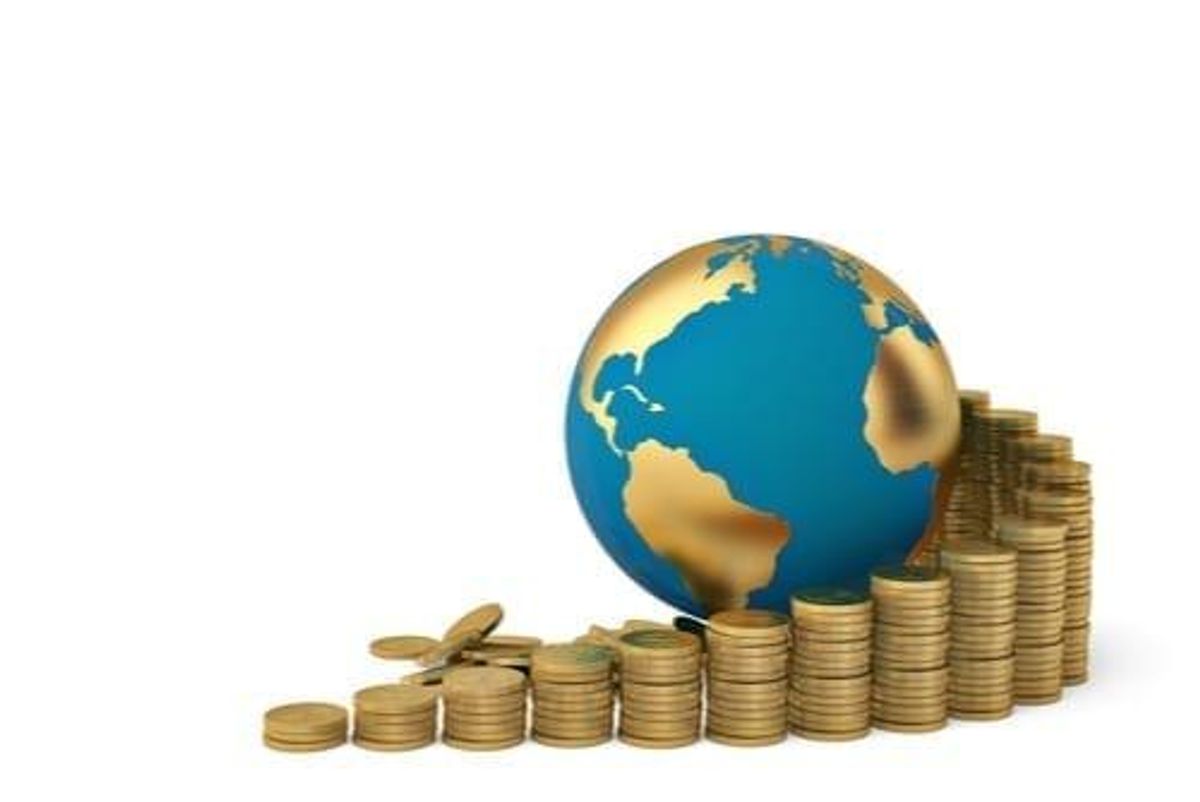World Gold Council: Is Gold a Climate Risk Mitigation Asset?

Gold has many functions: currency metal, safe haven, technological material. And now it’s a climate risk mitigation asset, according to the World Gold Council.
Gold plays many roles in the world today — it’s a currency metal, a safe haven asset as well as a technological material. Now the World Gold Council (WGC) believes gold has a new part to play as a climate risk mitigation asset.
The Investing News Network recently spoke with Terry Heymann, CFO of the WGC, about the council’s work on examining the position the yellow metal will have in a more environmentally conscious world.
“I think investors across the world are looking at climate change and are thinking about that as a systemic risk to businesses,” he said.
As part of its efforts, the WGC has looked at the potential threat of climate change to the global economy, including how it will impact portfolios and asset classes and if it will result in the repricing of certain asset classes based onf risk association.
“Now, gold is very well understood already as a risk mitigation asset for various different types of scenarios,” explained Heymann. “Looking at climate is a new lens to that, but if you think about gold as an asset class, once that gold has been produced, there are essentially almost zero ongoing emissions associated with that gold.”
Heymann also pointed to previous work the WGC has conducted around gold mining achieving net zero emissions, offering it as a resource investors can access to better educate themselves on the topic.
“(It’s) important to consider climate change, important to think about what it does in terms of impact on investments, and also how you as an investor might rebalance your portfolio and the role that gold might have to play,” he noted.
Acknowledging that the next generation of investors may demand that companies follow more stringent regulations around corporate social responsibility and environmental awareness, Heymann pointed to the work the gold sector has already done around decarbonization to appeal to this investor class.
“There are some great examples of mining companies which have made very significant capital program expenditures around developing renewables. And we’re seeing that in parts of West Africa — we’re seeing that in the world’s first all-electric gold mine in Northern Ontario. So there’s some really great examples of this movement away from fossil fuels,” he said.
In terms of the current economic landscape, the WGC financial executive briefly touched on the increase in gold demand from central banks around the world over the last 24 months.
“The last two years have seen record levels of central bank buying,” he said. “The reason that central banks have been buying gold is because they understand the value that gold has as a source of liquidity and as a really important part of protecting the economy for the respective countries that the central banks are looking after.”
Paying attention to what central banks are doing to bolster their physical gold reserves is something investors should pay attention to, said Heymann.
In 2019 alone, central banks around the globe purchased more than 374 tonnes of gold.
“Where central banks go is a really good example that other investors should take note of, and we see continued interest from central banks,” he said.
Don’t forget to follow us @INN_Resource for real-time updates!
Securities Disclosure: I, Georgia Williams, hold no direct investment interest in any company mentioned in this article.
Editorial Disclosure: The Investing News Network does not guarantee the accuracy or thoroughness of the information reported in the interviews it conducts. The opinions expressed in these interviews do not reflect the opinions of the Investing News Network and do not constitute investment advice. All readers are encouraged to perform their own due diligence.




